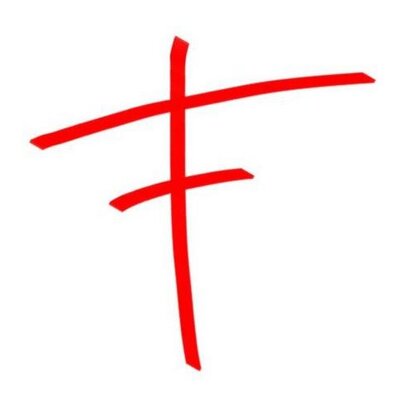flix on Nostr: The debate on the origin of money is between 3 hypotheses: 1. Market origin (Menger) ...
The debate on the origin of money is between 3 hypotheses:
1. Market origin (Menger)
2. Fiat origin (chartalist)
3. Debt
Rivers of ink have been poured by economists on the theoretical arguments for each of these... but at some point you have to look at the physical archaological evidence to try to determine who is right.
The first coins are from Lydia 6th C. BC. Minted by King Croesus in silver, gold and electrum.
https://en.wikipedia.org/wiki/CroeseidMuch earlier, in the 18th C. BC we have the Code of Hammurabi establishing prices in shekels and minas of silver. Other prices are established in weights of barley.
https://en.wikipedia.org/wiki/Code_of_HammurabiSo we have a clearly established timeline between the use of commodities in Sumer and Babylon 20-18th C. BC and the use of metallic coins in Lydia 6th C. BC.
During the bronze age we have well documented trade between Mesopotamian empires, Cyprus, Egypt, Mycenae... there are plenty of clay tablets, shipwrecks with goods, messages between kings and a LOT of pottery made in one place and found in another.
One of the best examples of this is the cargo of the Uluburun shipwreck (14th C):
https://en.wikipedia.org/wiki/Uluburun_shipwreckThe complaint tablet to Ea-nāṣir (18th C) is the oldest known customer review:
https://en.wikipedia.org/wiki/Complaint_tablet_to_Ea-n%C4%81%E1%B9%A3irThe archaeological evidence is there to answer the question. If we define money correctly, we can set a test for the 3 hypotheses and see how the evidence stacks up for each of them.

Published at
2024-10-07 10:07:08Event JSON
{
"id": "7b7384faa6b33aa5314d36f56d33b79ad9876df8cce0ec171b44f34b4961b612",
"pubkey": "61854976ba1a538b9dfed1b1df9b42e57602790e9354c59891be7b3713db637c",
"created_at": 1728295628,
"kind": 1,
"tags": [],
"content": "The debate on the origin of money is between 3 hypotheses:\n\n1. Market origin (Menger)\n2. Fiat origin (chartalist)\n3. Debt \n\nRivers of ink have been poured by economists on the theoretical arguments for each of these... but at some point you have to look at the physical archaological evidence to try to determine who is right.\n\nThe first coins are from Lydia 6th C. BC. Minted by King Croesus in silver, gold and electrum.\n\nhttps://en.wikipedia.org/wiki/Croeseid\n\nMuch earlier, in the 18th C. BC we have the Code of Hammurabi establishing prices in shekels and minas of silver. Other prices are established in weights of barley.\n\nhttps://en.wikipedia.org/wiki/Code_of_Hammurabi\n\nSo we have a clearly established timeline between the use of commodities in Sumer and Babylon 20-18th C. BC and the use of metallic coins in Lydia 6th C. BC.\n\nDuring the bronze age we have well documented trade between Mesopotamian empires, Cyprus, Egypt, Mycenae... there are plenty of clay tablets, shipwrecks with goods, messages between kings and a LOT of pottery made in one place and found in another. \n\nOne of the best examples of this is the cargo of the Uluburun shipwreck (14th C): https://en.wikipedia.org/wiki/Uluburun_shipwreck\n\nThe complaint tablet to Ea-nāṣir (18th C) is the oldest known customer review:\nhttps://en.wikipedia.org/wiki/Complaint_tablet_to_Ea-n%C4%81%E1%B9%A3ir\n\nThe archaeological evidence is there to answer the question. If we define money correctly, we can set a test for the 3 hypotheses and see how the evidence stacks up for each of them.\n\n\nhttps://m.primal.net/IGTI.png ",
"sig": "820e6b692f1efbf3718f7bc477e2382879640f0a61680e5bfa6d0fb424a388698b114515520d28b8703f73dbc560569b95f8d73e4a904747c51c9b1c66b5b6f7"
}

